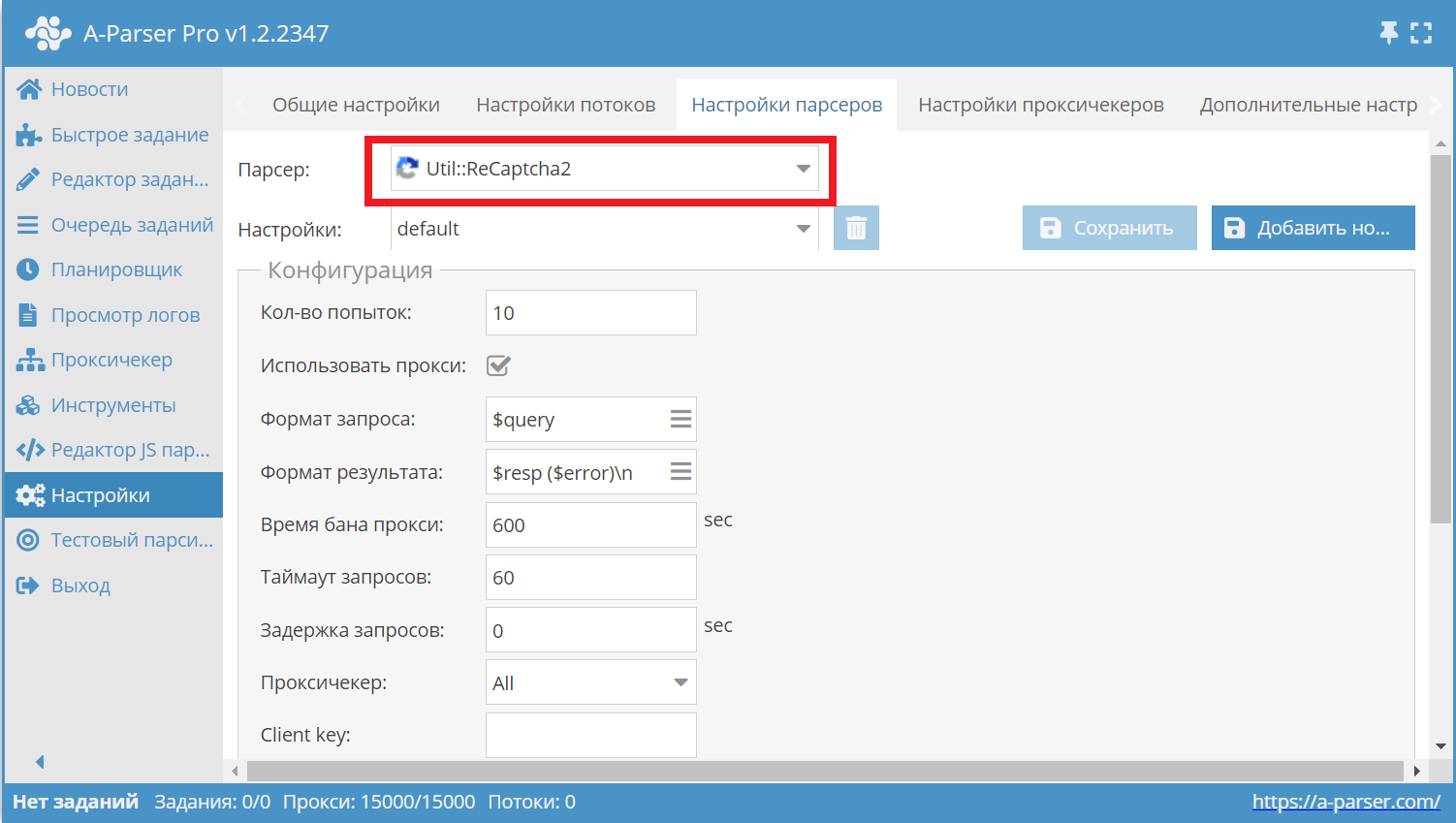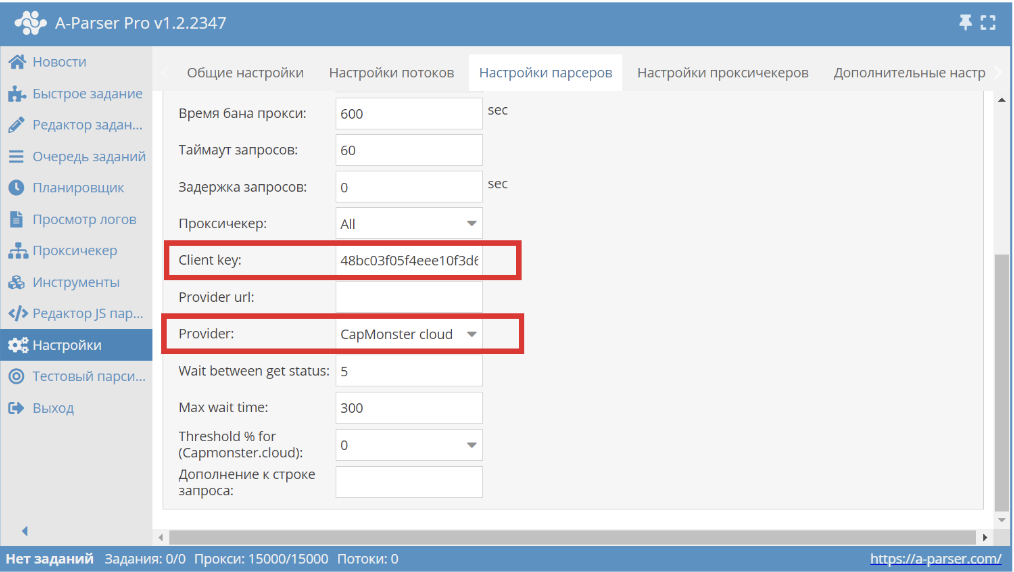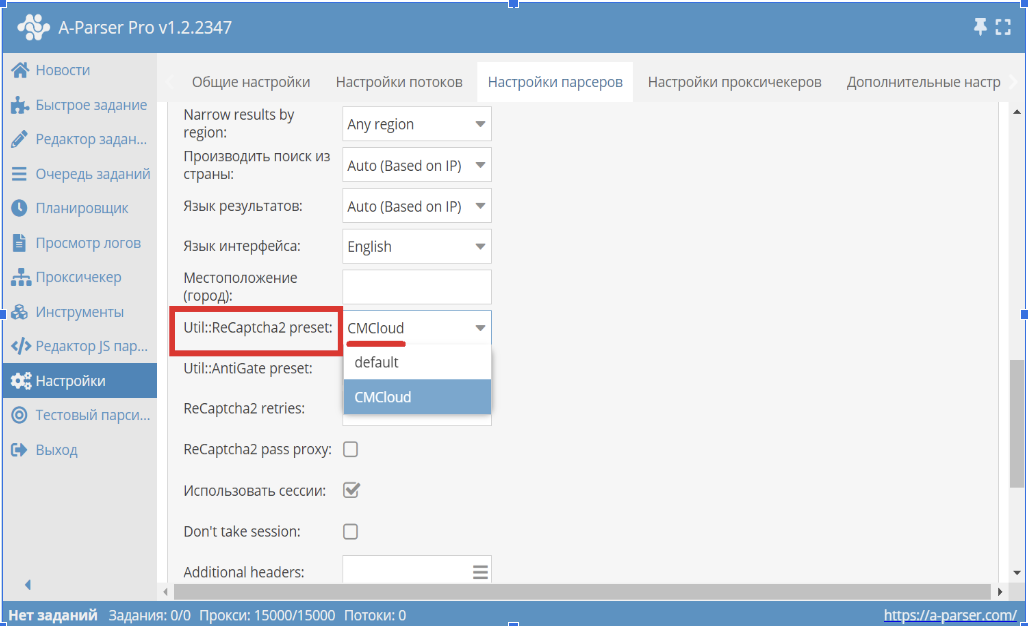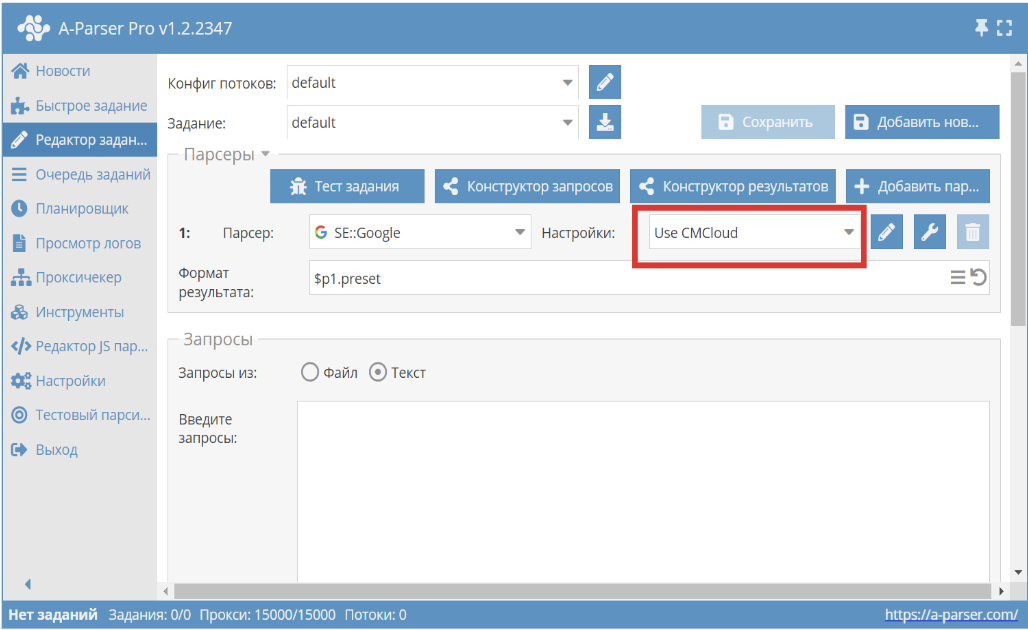A-Parser and CapMonster Cloud: Streamlining CAPTCHA Solving for Efficient Data Parsing
Imagine having to solve captchas manually, especially when working with multiple threads. It's not only labor-intensive but practically impossible. This is where Capmonster Cloud comes in—a service that automatically solves captchas, freeing you from this task. It integrates with A-Parser, making the connection effortless.
In this article, we'll take a closer look at A-Parser and Capmonster Cloud and provide a step-by-step guide on how to integrate them so you can efficiently collect and process data with minimal hassle.
A-Parser is a versatile multi-threaded parser that helps gather and structure information from any web resource. It's useful for marketers, SEO specialists, content managers, and business analysts. At first glance, its settings might seem complex, but with a little understanding, you'll quickly appreciate its convenience. Here are the main advantages of this tool:
- Multifunctional: A-Parser can collect data from various sources, including web pages, search engines, social networks, and messengers.
- Proxy Support: Supports both built-in and custom proxies.
- Captcha Recognition Integration: Can be integrated with online captcha-solving services.
- Scalable: Suitable for collecting large volumes of data.
- Flexible Settings: Users can customize the parser for different tasks and websites, including setting up data extraction rules.
A-Parser doesn't solve captchas on its own, so you'll need to use special services with which it supports integration. Among them is Capmonster Cloud—a cloud service for automatic captcha solving, designed to simplify and automate the captcha-solving process, especially in web scraping tasks. Its main advantages include:
- Wide Range of Supported Captchas: Supports reCAPTCHA v2, reCAPTCHA v3, GeeTest, and more.
- High Processing Speed: Capmonster Cloud offers high-speed captcha solving, helping reduce request processing time and increasing the efficiency of automated processes.
- AI-Based Recognition: Utilizes artificial intelligence instead of manual recognition, improving speed, accuracy, and saving costs.
- Versatile Integration: Can be connected to various programs and automation tools. Capmonster Cloud provides both API and browser extensions.
We've reviewed the benefits of each tool, so now let's move on to their integration. First, it's helpful to study the A-Parser documentation on parser and captcha settings. You need to have the full version of the program installed, as well as register in the Capmonster Cloud system and obtain a personal API key for connecting to the program (found in your account, where you can also view captcha-solving statistics and logs).
Launch A-Parser, open Settings, and go to Parser Settings. Here, we'll choose the necessary parsers and set the required parameters. In our example, we'll use the SE::Google parser, which extracts search results. For this parser, the Util::ReCaptcha2 component is required, so select it from the list.

- Next, choose the Provider—Capmonster Cloud—and enter your Capmonster Cloud API key in the Client key field.

- Save your new preset, give it a name (e.g., “CMCloud”), and save it.
- Now go to the SE::Google parser, still in Parser Settings, select it from the list, and for the Util::ReCaptcha2 preset, choose the preset we created (CMCloud).

- Save it as a new preset, giving it any convenient name (in our example, “Use CMCloud”).
- Next, go to Task Editor and select the last preset you created (“Use CMCloud”) for the SE::Google parser.

After this, you can enter any queries and set other parameters. Run the task and test the parsers and their integration with Capmonster Cloud.
As you can see, A-Parser and Capmonster Cloud are excellent tool choices for users who are engaged in parsing and want to easily overcome obstacles. They are easy to set up, regularly updated, and have continuous support. Users don’t need programming skills or to write scripts themselves.
Note: We'd like to remind you that the product is used to automate testing on your own websites and on websites to which you have legal access.